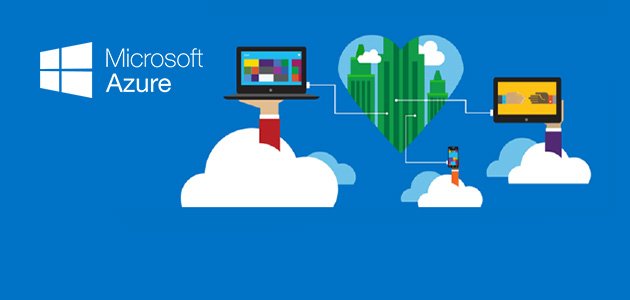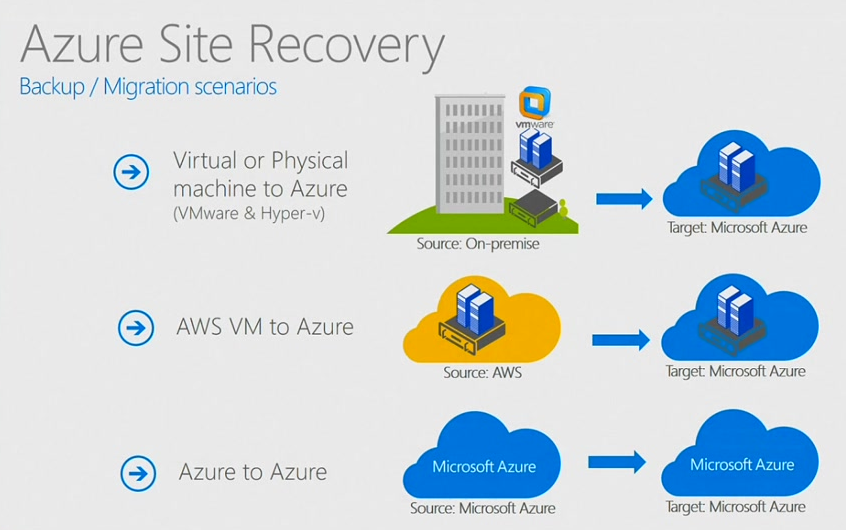
The shift to the cloud does not have to be as scary a prospect as it can seem. Higher Education institutions, regardless of size or specialty, are considering the shift in IT infrastructure to a more software-defined data-center. Optimizing IT infrastructure and practices affects everyone at your institution from financial decision makers to students signing up for classes.
As the technology purchaser for your institution, there are a lot of questions to consider:
- How do we ensure Business Continuity
- What can we do to minimize the costs of adding more servers/applications to support our user and operational services?
- How do we get out of the business of hardware refreshes?

Maybe the most important question to ask is where do we get started? I don’t believe there to be an answer that fits everyone, but our ScholarBuys Higher Education Team is well equipped to assist our customers with their first steps in the Azure Cloud. Through communication and collaboration, we help your institution get started as well as answer questions you have along the way.
Azure Site Recovery
ScholarBuys has a proven track record of helping schools move to Azure. I recently assisted a University in the southeast, with 350 employees, move to Azure Site Recovery as a failover/DR solution. After some scares during hurricane season last year, there were concerns around their ability to ensure continuity of their infrastructure. As a smaller institution, managing a co-location can be a major pain point. They did not want to setup a new offsite backup location and purchase and maintain new physical hardware. Azure Site Recovery was an excellent fit because it provides a flexible, cost-effective way to backup critical servers to the cloud. It also automates the recovery of their services in the event of an outage.
Another good example of a starting point in Azure is taking a few lightweight workloads and migrating them to Azure. Working with a school in Michigan (385 FTE), a big part of our planning had to do with finding servers that had static compute resource requirements, or that at least did not fluctuate too often throughout the year. They ended up moving a few domain controllers to the cloud so they could use physical hardware for other projects. Since nearly all costs in Azure are metered, we spent a good deal of time on resource planning for consumption and ensuring that there would be limits to any spikes in such consumption based on the computational power / storage required.
ScholarBuys Core Values
This actually brings me to a pair of ScholarBuys’ core values – Communication and Collaboration. Frankly put, communication is imperative to have a successful Azure project whether you are just getting started or have experience with the platform. We highly recommend careful planning to ensure that your institution can accurately scope out projects in Azure, budget for the consumption accordingly, and maintain the service efficiently. Often times (especially in the early stages) this means setting up a good communication practice between IT decision makers, systems & network analysts, and other IT infrastructure staff so that everyone is on the same page. Some of the conversations that come up that our team can help you navigate include what type of storage is needed, network configuration, compute and storage capacity, and budget planning. Collaboration is another key to success that is a pillar of ScholarBuys’ mission and practices. We help to discuss initial high-level strategy, and in both of the examples above we helped coordinate conversations with technical Microsoft Azure specialists to assist with scoping/“right-sizing” workloads that are ideal for Azure. Our team can help put together the business case and value proposition to discuss with your colleagues. If a professional services partner is needed to assist with your project, ScholarBuys will align that for you.
Collaboration is another key to success that is a pillar of ScholarBuys’ mission and practices. We help to discuss initial high-level strategy, and in both of the examples above we helped coordinate conversations with technical Microsoft Azure specialists to assist with scoping/“right-sizing” workloads that are ideal for Azure. Our team can help put together the business case and value proposition to discuss with your colleagues. If a professional services partner is needed to assist with your project, ScholarBuys will align that for you.

